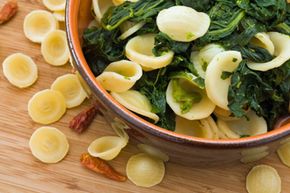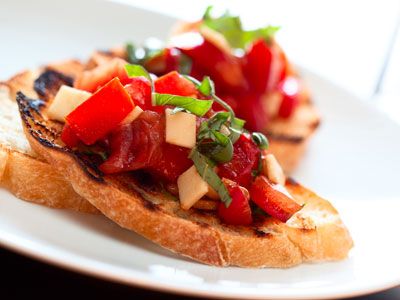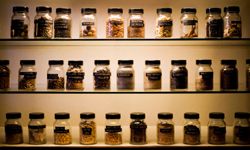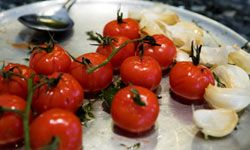You've probably seen the dozens and dozens of pasta shapes at your local market. Some of them look complicated, like those wagon wheels complete with spokes, or charming, like the tiny bow ties. Pasta can be confusing. That's a lot of complex engineering for simple dough made with flour, maybe some egg and water. Is the proliferation of complex pasta shapes anything more than regional one-upmanship? Exotic pastas look cute covered with marinara sauce and nestled next to Parmesan cheese curls and sliced prosciutto, but what do they really add to Italian night at your house?
It turns out that the pasta shapes you buy or make do produce different results in recipes. Think of it as ingredient construction that's as much engineering as it is art. The shape of the pasta can enhance a recipe by working with or against the sauce you choose. It's a marriage of flavor and function.
Advertisement
The sauce has most of the flavor, and the pasta delivers it to your mouth in the right proportion of carbs to saucy goodness. Here's how it works: Wide, flat noodles and large, tubular shapes favor thick sauces or sauces that contain large chunks of meat, tomato or vegetables. That's because they grab and hold onto the sauce until it reaches your waiting taste buds. Shorter noodles are better for thick sauces, too. Thin sauces, smooth sauces and simple olive oil-based sauces favor long, narrow shapes like spaghetti and vermicelli. Dimpled and ridged shapes hold sauces in their depressions so you don't miss a drop -- or spill any on your tie.
The rest, including swirls, knobs, switchbacks and little flourishes in pasta shapes are mostly for show. A vast expanse of beige (or light brown in the case of whole wheat pasta), can start to look boring compared to, say, a mixed vegetable medley. Adding a twist here and there, literally, can keep mealtime from getting too dull.
Advertisement



